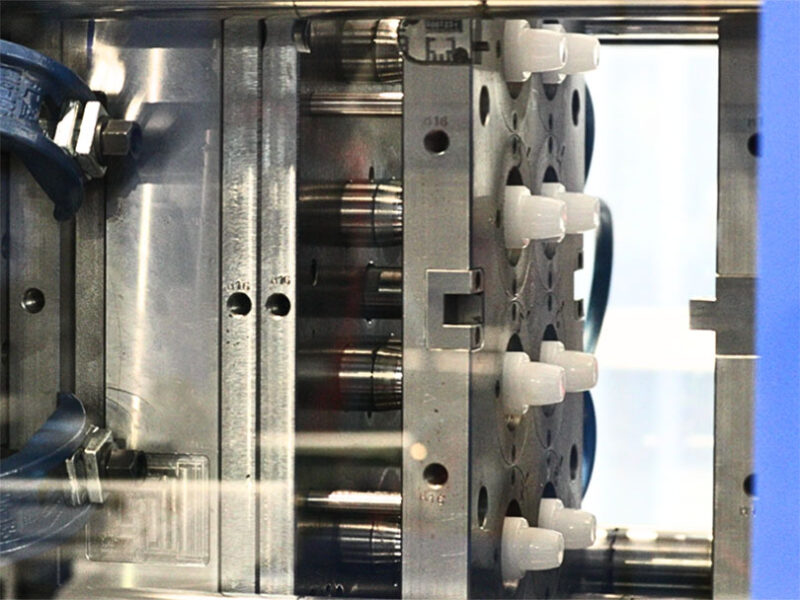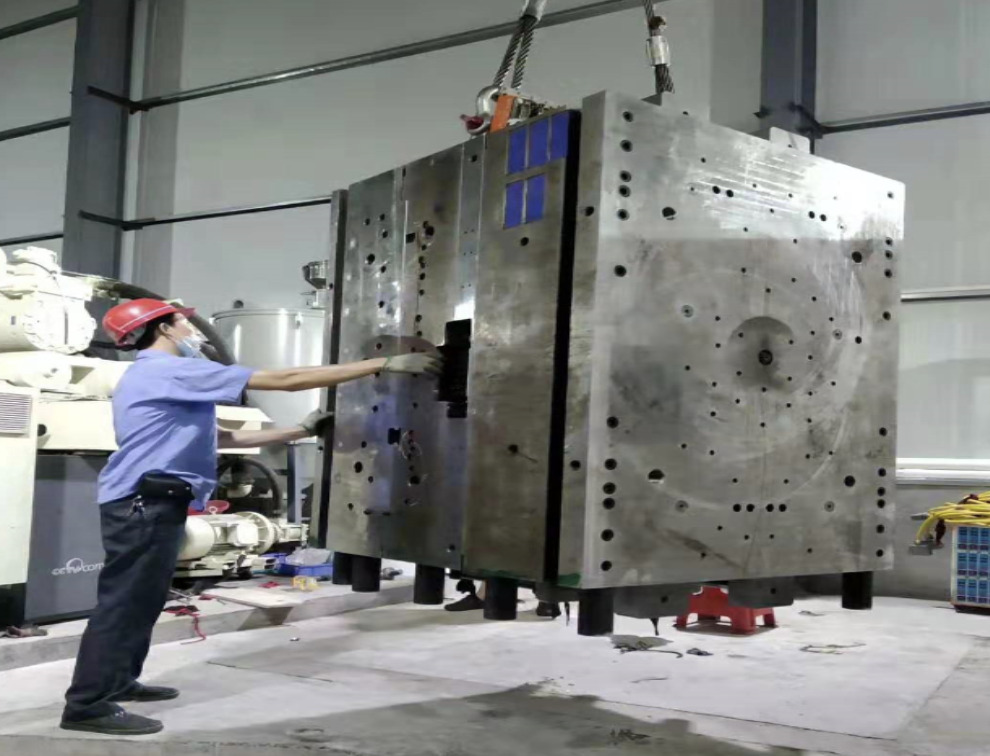The Future of Plastic Injection Molding: Fads and Developments to See
As the plastic shot molding sector progresses, a number of key fads are arising that pledge to reshape its landscape. Automation and smart production methods are set to boost performance, while the shift in the direction of sustainable materials mirrors a growing environmental consciousness.
Automation and Smart Production
As the plastic shot molding industry evolves, automation and clever manufacturing are taking spotlight, transforming manufacturing processes - Plastic Injection Molding. The integration of sophisticated technologies such as robotics, IoT (Net of Things), and artificial intelligence is making it possible for producers to boost effectiveness, reduce functional costs, and boost item top quality. Automated systems improve operations, reducing hand-operated intervention and increasing throughput, which is crucial in meeting the increasing need for rapid production cycles
Smart manufacturing modern technologies help with real-time surveillance and information analysis, enabling business to enhance equipment performance and forecast upkeep needs. This aggressive method not just decreases downtime but likewise expands the lifespan of devices. In addition, the use of joint robots, or cobots, enhances the versatility of assembly line, enabling workers and makers to operate side-by-side securely and successfully.
The fostering of automation in plastic shot molding is not merely a trend but a calculated imperative for companies aiming to stay competitive in a worldwide market. By taking advantage of these innovations, makers can attain greater accuracy, minimize waste, and adapt quickly to altering customer demands, positioning themselves for lasting development in a significantly automatic future.
Sustainable Materials and Practices
The press in the direction of automation and clever production has led the way for a better focus on sustainable materials and practices within the plastic shot molding sector. Business are progressively seeking environment-friendly options to conventional petroleum-based plastics, leading to the fostering of recycled and bio-based materials. These sustainable products not only reduce environmental effect but additionally line up with consumer need for greener items.

Furthermore, partnership between makers, material vendors, and ecological companies is promoting advancement in the advancement of sustainable materials that satisfy efficiency requirements without jeopardizing high quality. As policies around plastic usage become stricter, the sector is positioned to adjust by accepting these lasting methods, guaranteeing long-term viability and reducing dependence on non-renewable sources. The combination of sustainability into plastic injection molding is not just a fad; it is ending up being a necessary element of corporate duty and functional excellence.
Advances in 3D Printing
Current improvements in 3D printing innovation are dramatically changing the landscape of plastic injection molding. The integration of additive production processes permits the quick prototyping of complicated geometries that were once tough or impossible to accomplish through typical techniques - Plastic Injection Molding. This ability not just speeds up product growth cycles however also lowers material waste, straightening with the growing need for sustainable production techniques
Furthermore, the development of hybrid production strategies, which combine 3D printing and shot molding, offers manufacturers the ability to create intricate styles while keeping the efficiency of mass manufacturing. This strategy allows the manufacturing of tailored parts customized to certain consumer requirements without compromising the rate and scalability that shot molding provides.
Furthermore, innovations in products, such as high-performance polymers and composites particularly made for 3D printing, are improving the useful capabilities of printed elements. These products can hold up against greater tension and display boosted thermal residential or commercial properties, making them ideal for more requiring applications.
As 3D printing remains to advance, its assimilation into plastic injection molding processes promises to enhance performance, reduce costs, and foster development in product style, positioning producers to better meet the challenges of a competitive market.
Data Analytics and IoT Assimilation
Information analytics and the assimilation of the Net of Points (IoT) are changing plastic shot molding by supplying makers with unmatched insights into their procedures. By leveraging real-time data gathered from interconnected devices and sensors, manufacturers can monitor efficiency metrics, determine ineffectiveness, and enhance production procedures. This data-driven technique facilitates anticipating upkeep, minimizing downtime and extending equipment life-span.
Moreover, IoT combination enables boosted quality assurance. By continuously tracking variables such as pressure, cycle, and temperature times, manufacturers can promptly detect discrepancies from developed specifications and make adjustments in actual time. This not only boosts product uniformity visit our website however additionally decreases waste and scrap prices.
The combination of data analytics and IoT innovations also equips manufacturers to embrace more active production methods. With accessibility to detailed information analytics, organizations can reply to market demands with higher adaptability, changing manufacturing schedules and setups as required. This versatility is crucial in a quickly altering production landscape.

Modification and Design Flexibility
How can customization and design flexibility enhance the competitiveness of plastic injection molding? In an increasingly diverse market, the ability to supply customized remedies is extremely important. Modification permits suppliers to fulfill certain client requirements, accommodating unique measurements, shapes, and performances that basic products might not accomplish. This versatility not just cultivates customer loyalty but additionally opens up avenues for brand-new service chances across numerous markets, from automobile to durable goods.
Developments in layout innovations, such as check this site out computer-aided design (CAD) and fast prototyping, further boost this trend. These devices enable designers to produce complex geometries and complex patterns, which can be effortlessly integrated right into the manufacturing procedure. As a result, manufacturers can respond promptly to altering customer preferences and market demands.
In addition, the application of modular tooling systems boosts design versatility, permitting for quicker modifications in between different product styles without extensive downtime. This versatility can bring about reduced lead times and reduced manufacturing costs, making companies a lot more agile and competitive. Ultimately, embracing personalization and layout adaptability in plastic shot molding not only elevates product offerings but likewise reinforces market positioning in an ever-evolving landscape.
Verdict
The future of plastic injection molding is characterized by considerable innovations in automation, lasting techniques, and innovative materials. The integration of IoT and data analytics will boost functional efficiency and predictive maintenance. The fostering of recycled and bio-based products, along with progression in 3D printing, will certainly cultivate sustainability within the sector. Modification via modular tooling and fast prototyping will allow producers to stay responsive and affordable to the vibrant needs of the market.

The future of plastic shot molding is characterized by considerable improvements in automation, lasting techniques, and innovative materials.
Comments on “Exactly How Plastic Injection Molding Guarantees Consistency and Accuracy in Production”